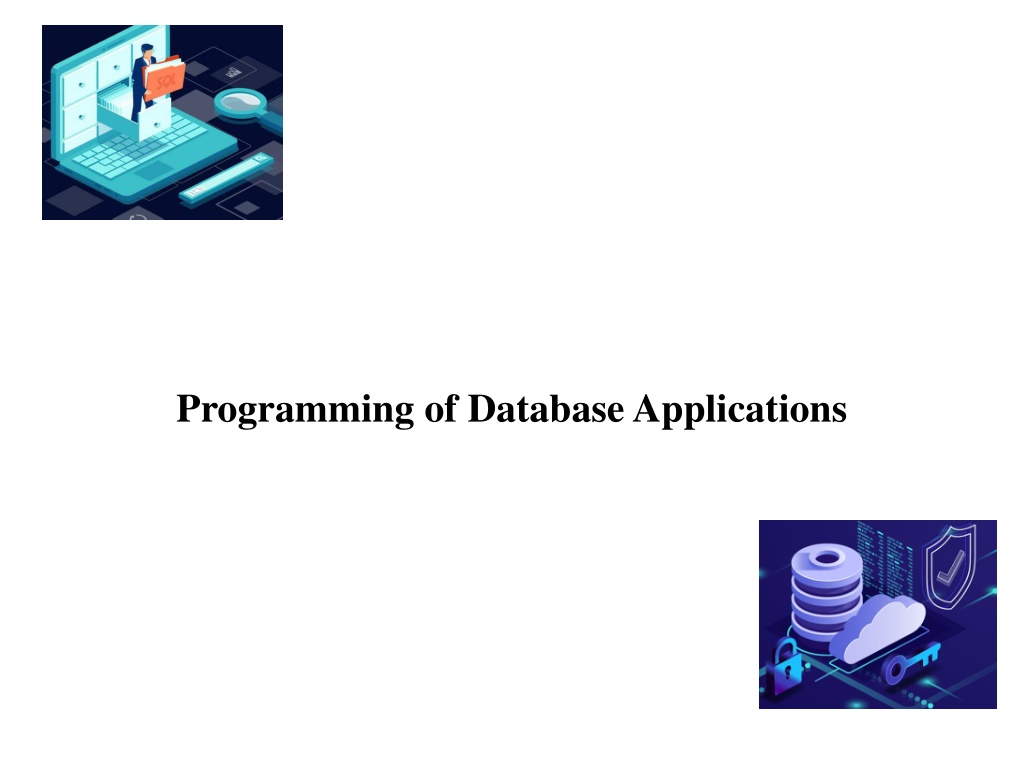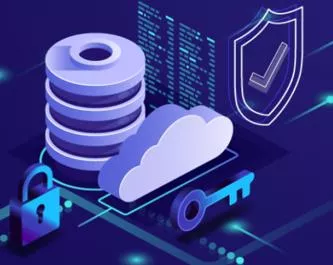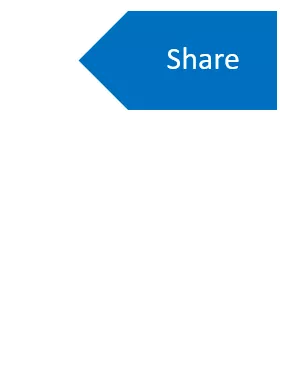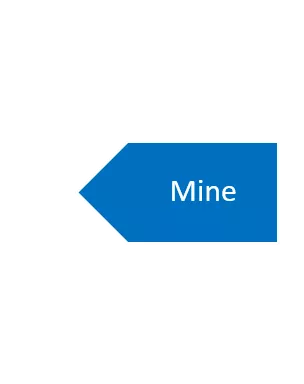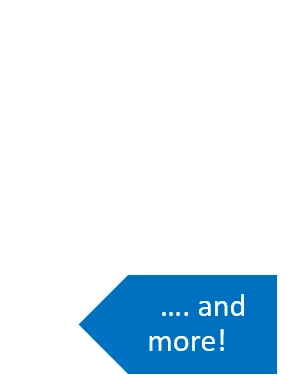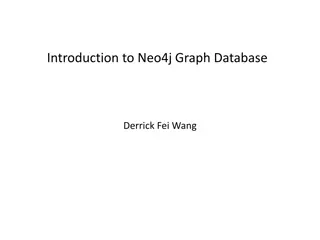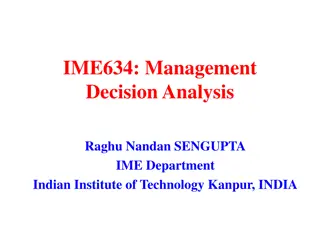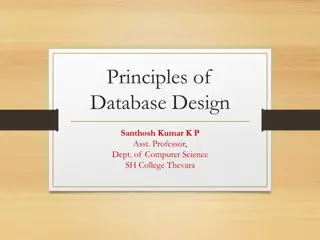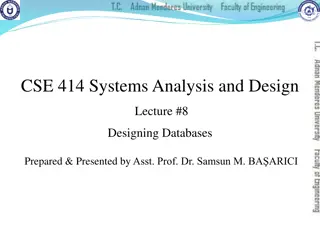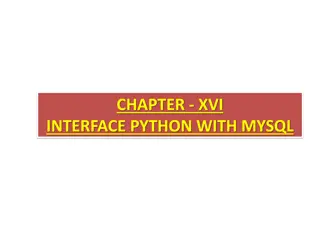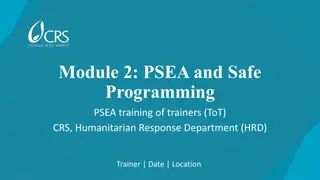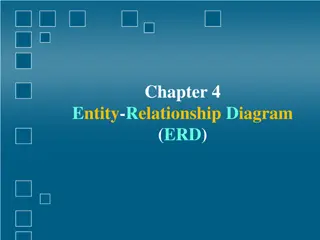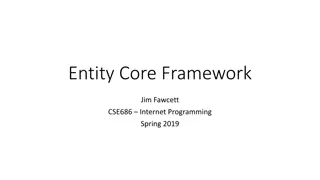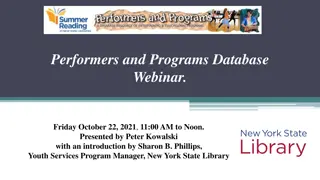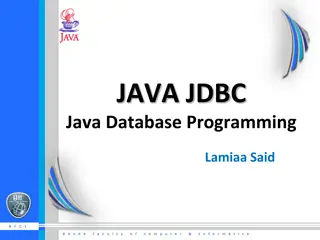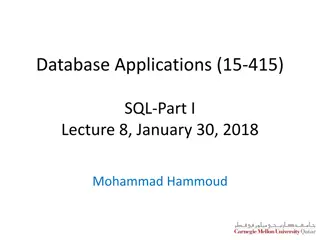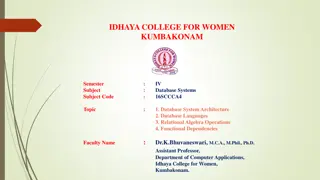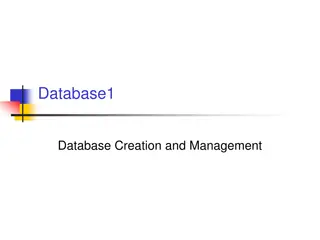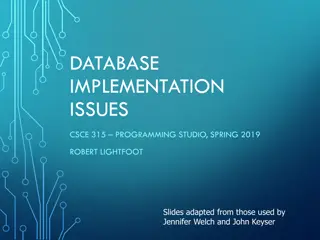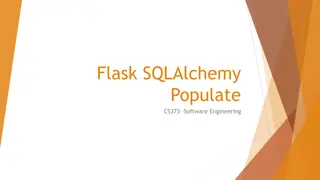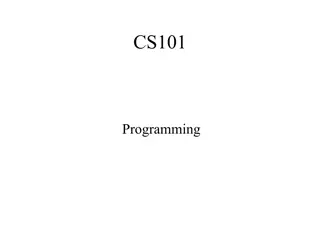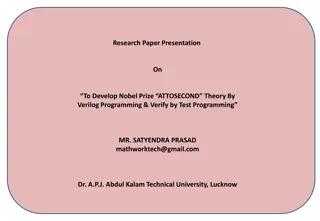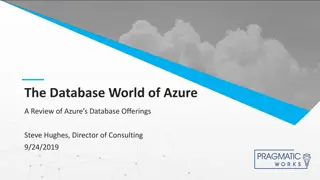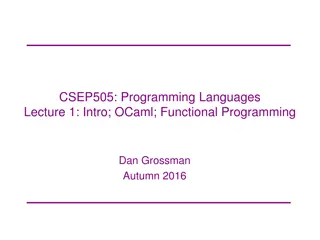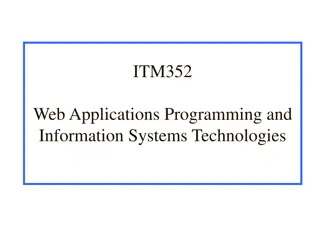Programming of Database Applications
Explore the significance of data management in our modern lives, the fundamentals of databases, and the importance of database management systems for efficient data handling. Discover how data is stored, accessed, and secured across various devices and domains.
Download Presentation

Please find below an Image/Link to download the presentation.
The content on the website is provided AS IS for your information and personal use only. It may not be sold, licensed, or shared on other websites without obtaining consent from the author. Download presentation by click this link. If you encounter any issues during the download, it is possible that the publisher has removed the file from their server.
E N D
Presentation Transcript
What Do We Do With Data? Store Share Query Mine . and more! Encrypt We want to do these seamlessly and fast...
Using Diverse Interfaces & Devices Mobile Devices Computers and even appliances Consumer Electronics Personal Monitors and Sensors We also want to access, share and process our data from all of our devices, anytime, anywhere!
Data is Becoming Critical to Our Lives Health Science Domains of Data Education Work Environment Finance and more
Basic Definitions: Data: Known facts that can be recorded and have an implicit meaning. Database : A collection of related data Database management system (DBMS): A collection of computer programs, which enables users to create and maintain databases. Schema: description of data at some level (e.g., tables, attributes, constraints, domains)
Basic Definitions: Relation as aTable Relation Table Tuple / Row Attribute Column Relational Database Management System (RDBMS) Finite set of relations Database schema = set of relations (and other things)
Why Studying Databases? Data is everywhere and is critical to our lives Data need to be recorded, maintained, accessed and manipulated correctly, securely, efficiently and effectively Database management systems (DBMSs) are essential software for achieving such goals
Definitions A database is a collection of data which describes one or many real-world enterprises E.g., a university database might contain information about entities like: students and courses, and relationships like: a student enrollment in a course A DBMS is a software package designed to store and manage databases. E.g., DB2, Oracle,, MySQL and MS SQL Server A database system = (Big) Data + DBMS DB System = DB + DBMS
Data Base Management Systems A special software is accordingly needed to make the preceding tasks easier This software is known as Data Base Management System (DBMS) DBMSs provide automatic: Data independence Efficient data access Data integrity and security Data administration Concurrent access and crash recovery
Data Models The user of a DBMS is concerned with some real-world enterprises (e.g., a University) The data to be stored and managed by a DBMS describes various aspects of the enterprises E.g., The data in a university database describes students, faculty and courses entities and the relationships among them A data model is a collection of high-level data description constructs that hide many low-level storage details A widely used data model called the entity-relationship (ER) model allows users to represent entities and the relationships among them
The Relational Model The relational model of data is one of the most widely used models today The central data description construct in the relational model is the relation A relation is basically a table (or a set) with rows (or records or tuples) and columns (or fields or attributes) Every relation has a schema, which describes the columns of a relation Conditions that records in a relation must satisfy can be specified These are referred to as integrity constraints
The Relational Model: An Example Let us consider the student entity in a university database Students Schema Students(sid: string, name: string, login: string, dob: string, gpa: real) An attribute, field or column Integrity Constraint: Every student has a unique sid value sid name login dob gpa A record, tuple or row 512412 Khaled khaled@qatar.cmu.edu 18-9-1995 3.5 512311 Jones jones@qatar.cmu.edu 1-12-1994 3.2 512111 Maria maria@qatar.cmu.edu 3-8-1995 3.85 An instance of a Students relation
Levels of Abstraction The data in a DBMS is described at three levels of abstraction, the conceptual (or logical), physical and external schemas View 1 View 2 View 3 2)The conceptual schema describes data in terms of a specific data model (e.g., the relational model of data) Conceptual Schema Physical Schema 3) The physical schema specifies how data described in the conceptual schema are stored on secondary storage devices Disk 1) The external schema (or views) allow data access to be customized at the level of individual users or group of users (views can be 1 or many)
Views A view is conceptually a relation Records in a view are computed as needed and usually not stored in a DBMS Example: University Database Conceptual Schema Physical Schema External Schema (View) Students(sid: string, name: string, login: string, dob: string, gpa:real) Courses(cid: string, cname:string, credits:integer) Enrolled(sid:string, cid:string, grade:string) Relations stored as heap files Index on first column of Students Students can be allowed to find out course enrollments: Course_info(cid: string, enrollment: integer) Can be computed from the relations in the conceptual schema (so as to avoid data redundancy and inconsistency).
SQL: Structured Query Language Language for describing database schema and operations on tables. DDL, DML, DCL and TCL are considered sublanguages of SQL.
DDL, DML, DCL and TCL are considered sublanguages of SQL DCL: Data Control Language Used to create roles, permissions, and referential integrity and to control access on a database. (GRANT, REVOKE) DDL: Data Definition Language Used by DBAs or designers to define schema (CREATE, DROP, ALTER) DML: Data Manipulation Language Used to insert, update and delete data in database tables. (INSERT, UPDATE, DELETE, SELECT) DSL: Data Storage Language Specifies Internal Schema (used by the RDBMS) TCL: Transactional Control Language Used to manage different transactions occurring within a database. (COMMIT, ROLLBACK)
Queries in a DBMS The ease with which information can be queried from a database determines its value to users A DBMS provides a specialized language, called the query language, in which queries can be posed The relational model supports powerful query languages: Relational calculus: a formal language based on mathematical logic Relational algebra: a formal language based on a collection of operators (e.g., selection and projection) for manipulating relations Structured Query Language (SQL): Builds upon relational calculus and algebra Allows creating, manipulating and querying relational databases Can be embedded within a host language (e.g., Java)
People Who Work With Databases There are five classes of people associated with databases: 1. End users Store and use data in DBMSs Usually not computer professionals 2. Application programmers Develop applications that facilitate the usage of DBMSs for end-users Computer professionals who know how to leverage host languages, query languages and DBMSs altogether 3. Database Administrators (DBAs) Design the conceptual and physical schemas Ensure security and authorization Ensure data availability and recovery from failures Perform database tuning 4. Implementers Build DBMS software for vendors like IBM and Oracle Computer professionals who know how to build DBMS internals 5. Researchers Innovate new ideas which address evolving and new challenges/problems
